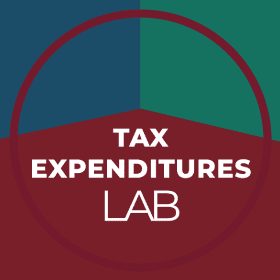The Finnish Government has recently announced a budget framework for 2025-2028, which includes spending cuts and tax reforms. The reasons behind these measures are to prevent an uncontrolled economic downturn and curb the escalating state debt. Subsequently, to prevent Finland from being subject to the EU’s excessive deficit procedure (EDP), which can be issued against an EU member state if it fails to comply with rules governing fiscal policies covered by the Stability and Growth Pact (SGP).
The new framework entails a myriad of tax solutions, where tax expenditures reform plays a notable part, together with an increase of the general VAT rate by 1.5 percentage points (from 24% to 25.5%). The reforms include the withdrawal of a tax expenditure for voluntary pension savings from 2027, resulting in increased tax revenues of 45 million euros in 2027 and 40 million euros in 2028, the reduction of household credits, projected to save the state of 100 million euros a year, and the elimination of the education deduction, saving the state 13-14 million euros a year between 2025-2028.
The budget framework also includes a growth package accompanied by the introduction of a new temporary tax credit for large industrial investments that support the transition to a net-zero economy under the EU’s Temporary Crisis and Transition Framework. The policy objective of the introduction is to enhance Finalnd’s competitive position for industrial investments by stimulating large-scale industrial investments in electricity, for example, in projects related to the development of battery and hydrogen or fossil-free steel. In all, to foster a clean transition of the industrial ecosystem in Finland.
Read the press release from the Finnish Government.


